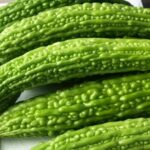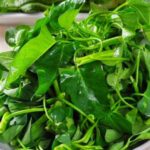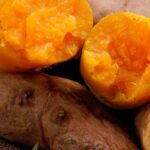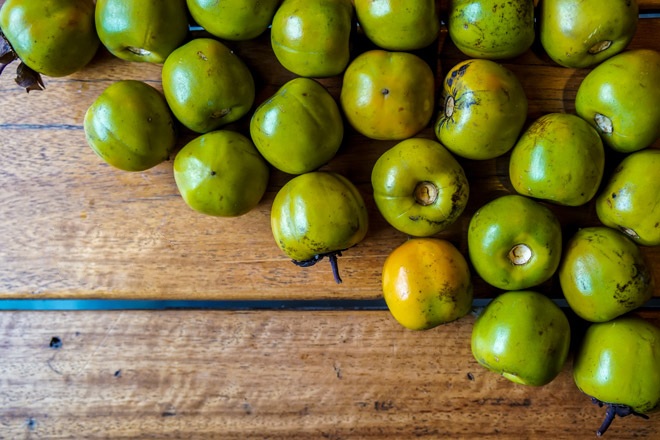
Preserved persimmons are a popular treat, but selecting the best ones that are crisp and not too soft requires some insider knowledge. If you’re unsure how to choose the perfect preserved persimmon or have accidentally bought some that are astringent, check out these tips from Ms. Phung Ha.

Ms. Phung Ha, an expert in preserved fruits, shares her wisdom. Persimmons are a great source of potassium, making them beneficial for those with cardiovascular issues or high blood pressure, as well as those engaged in intellectual work. They also contain zinc, copper, vitamin C, and various amino acids. However, they are often sprayed with preservatives or growth hormones to speed up ripening.
Here are some of Ms. Ha’s tips for choosing the best persimmons:
1. Inspect the Skin
– Opt for mature fruits with shiny, smooth, and bright yellow skin.
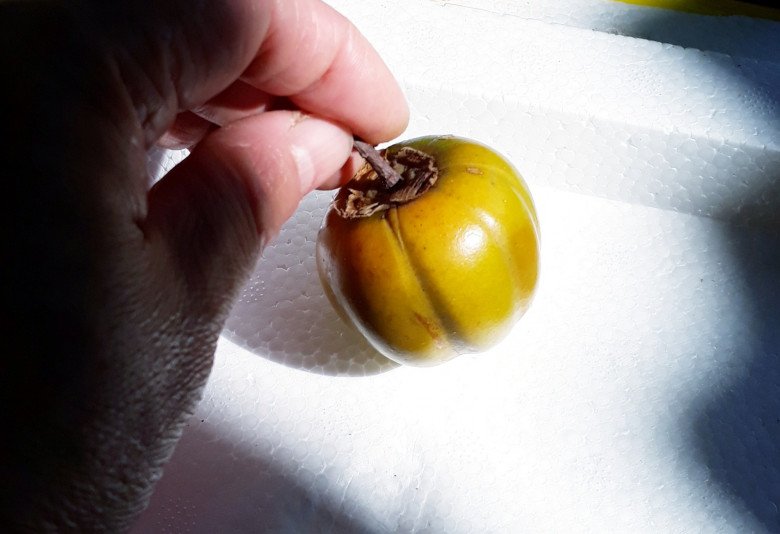
– Go for firm and heavy persimmons, as they are likely to be juicier and sweeter. Avoid soft and lightweight fruits, as they may have been harvested too long ago, resulting in reduced sweetness and aroma. Look for persimmons with taut skin and distinct ridges.
2. Examine the Stem
– Choose persimmons with intact stems. Ripe persimmons will have small, dark, and slightly curved stems with larger or slightly green calyxes. Look for stems that are level or slightly protruding, as these indicate a tasty fruit.
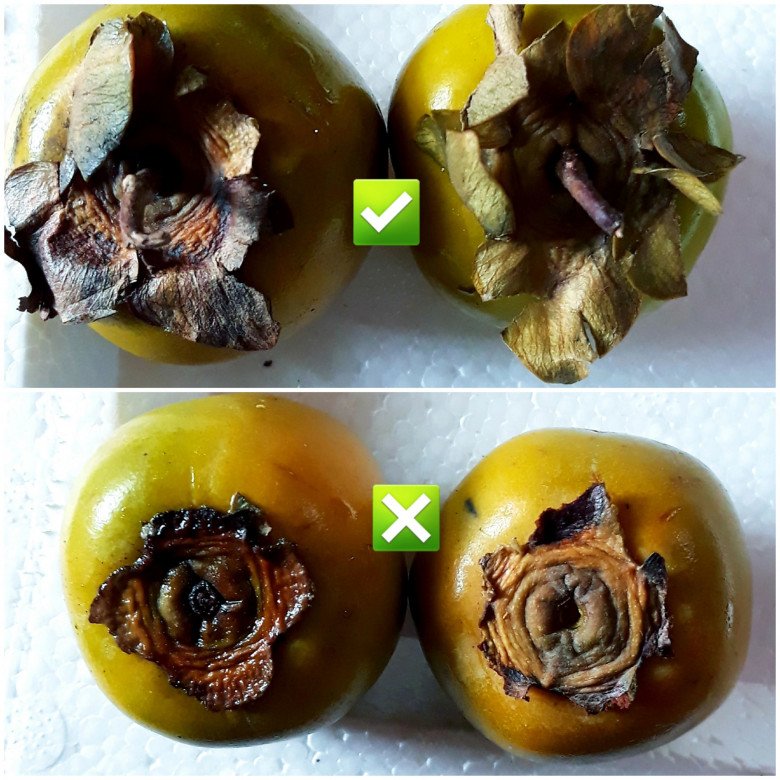
– Persimmons treated with preservatives may have a white powdery substance on the stem, while naturally ripened persimmons will have slightly discolored stems. Avoid fruits with missing stems, as water can enter and encourage bacterial growth during the preservation process.
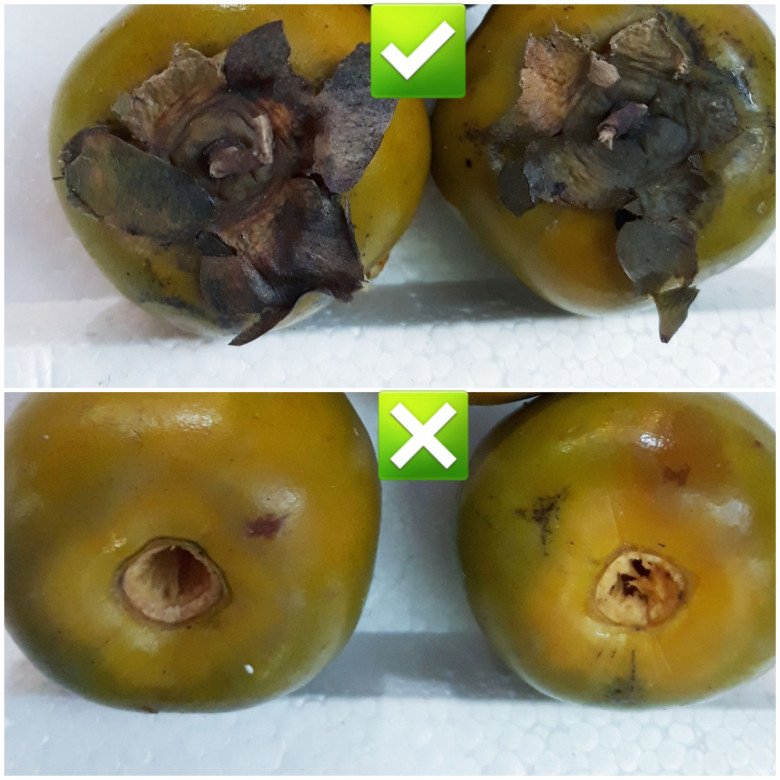
3. Consider the Color
– Aim for persimmons with a hint of yellow in their skin. Fruits with a lot of green are unripe and may have an astringent taste. Deep orange-yellow persimmons are ripe but may have lost their crispness.
– Choose persimmons with a tall shape, rounded bottoms, and distinct ridges, avoiding those with bruises, dark spots, indentations, or pointed bottoms.
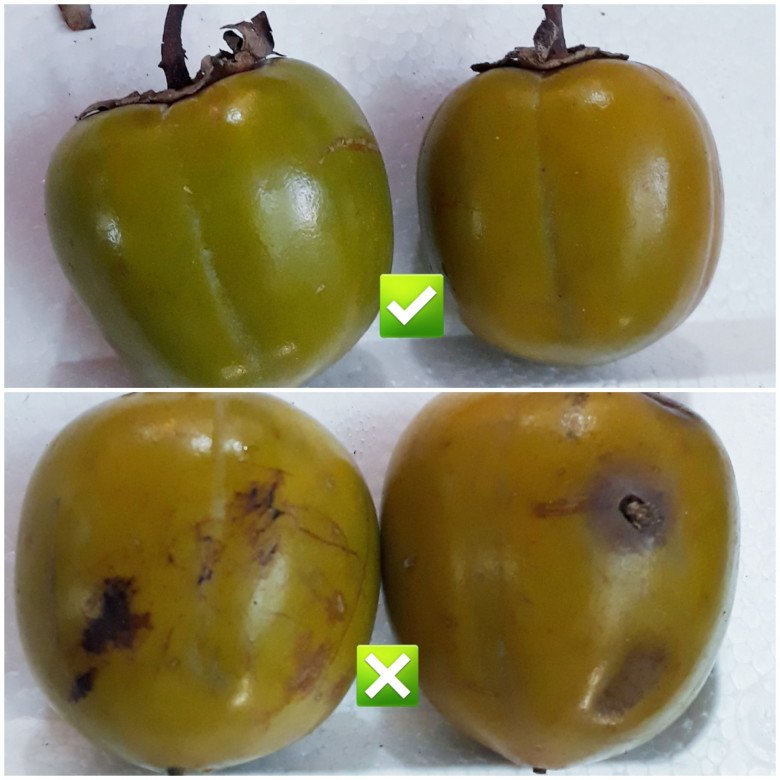
Fruits with ridges tend to be crisper when cut open.
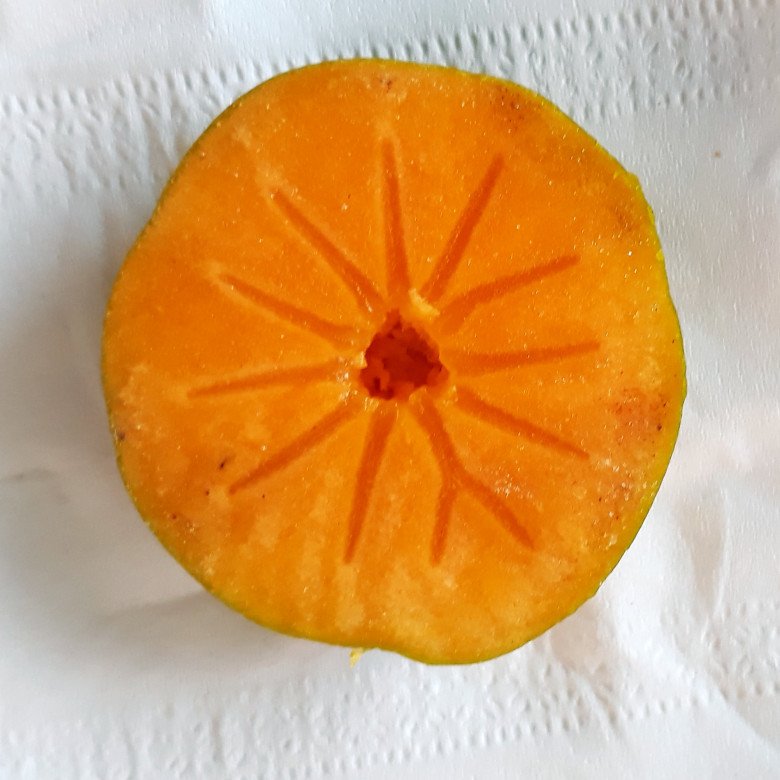
Note: When buying persimmons, taste a small piece to check for ripeness and astringency. Unripe persimmons have lower nutritional value than those that are fully mature.
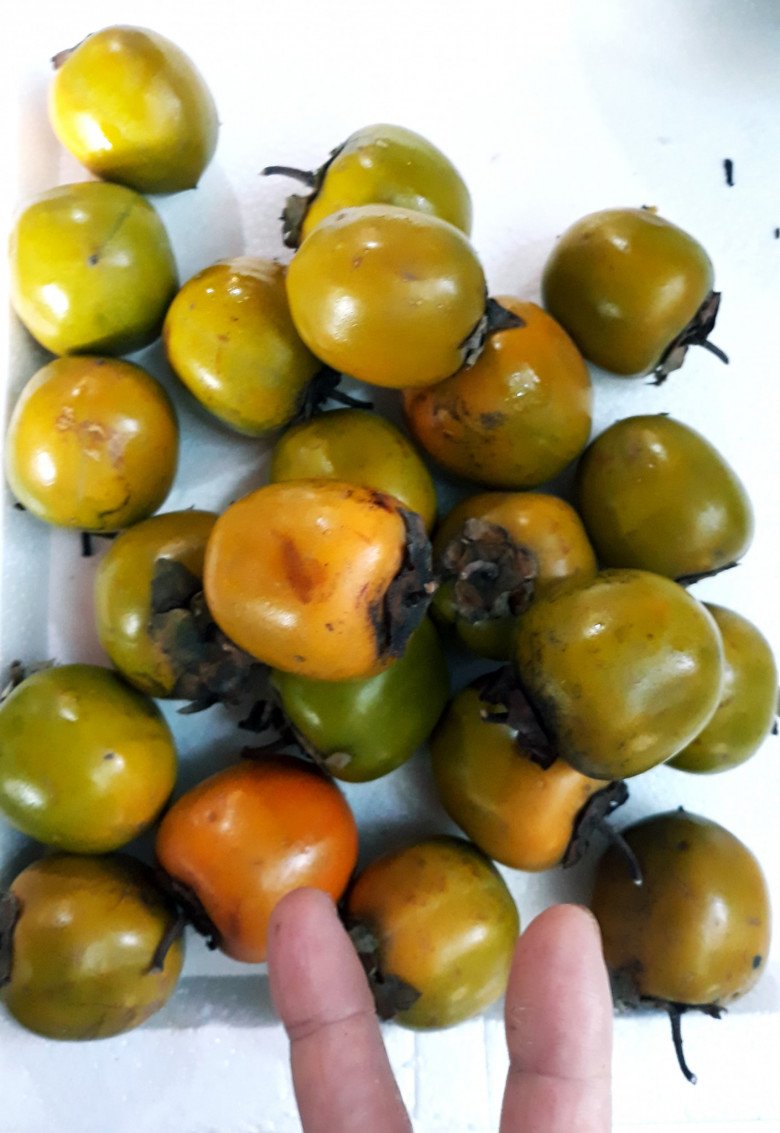
STORING PRESERVED PERSIMMONS
If you don’t plan to eat all your persimmons right away, store them in a cool, well-ventilated place. Alternatively, wrap each fruit in paper towels or newspaper and place them in a sealed bag or container in the refrigerator. The paper will absorb any gases released during ripening, keeping the persimmons crisp and fresh for longer.
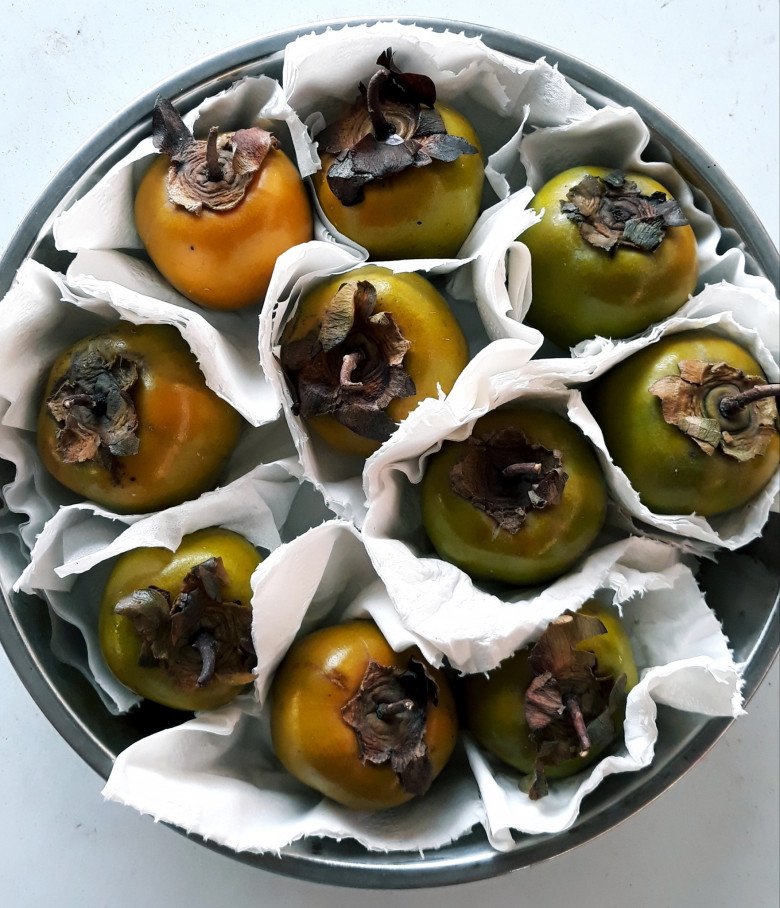
DEALING WITH ASTRINGENT PERSIMMONS
It’s always best to buy persimmons from a trusted fruit vendor. However, if you end up with unripe persimmons, and you’ve already cut them open, you can reduce astringency by washing them in salted water and then pricking them with a needle. Soak the persimmons in cooled boiled water for 3-5 hours before consuming.
For unpeeled persimmons, soak them whole in plain water, which will take longer. Alternatively, soak them in a 3-5% lime solution for a few days to enhance their flavor. You can also place them in a rice container or box, spritz them with alcohol, and seal them for 3-5 days to eliminate astringency.



























